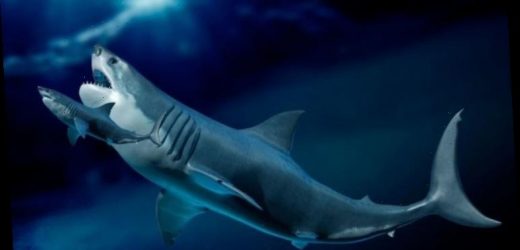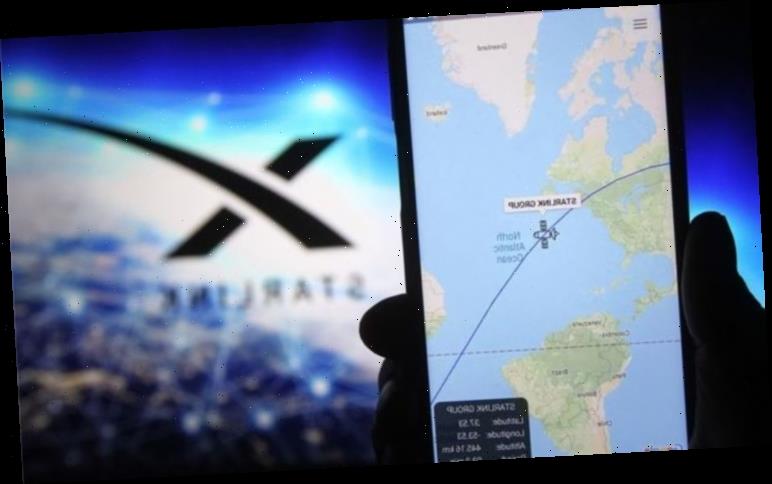Mexico: Divers discover ‘giant Megalodon shark’ tooth
Megalodons are among the most feared of all the prehistoric beasts. The giant shark, whose name means big tooth thanks to its mouth being packed full of 270 teeth, was thought to have gone extinct three million years ago following a drop off in the food chain.
The shark was almost three times the size of the great white – the largest living predatory shark species today – as they could grow up to 50 foot long.
How they reached their gigantic size is a bit of an oddity, as there are no other beings in the shark lineage which even come close to the megalodon.
However, new research has found that infant megalodons may have feasted on their own siblings to help fuel their growth.
The technique is not unique among sharks, however.
We will use your email address only for sending you newsletters. Please see our Privacy Notice for details of your data protection rights.
Many species of sharks, including the great white, also devour their siblings in an early age to help growth.
Tom Fletcher, honorary research fellow in palaeobiology at the University of Leicester, wrote for The Conversation: “It is very likely that the babies’ growth was fuelled by cannibalism of their unhatched siblings, a sinister conveyor belt of high protein snacks for hungry pups.
“It is unknown exactly how many megalodon embryos were produced.
“In basking sharks today, millions of eggs are created and sent to be fertilised. The hatched embryos begin to eat the surrounding eggs and in some cases, like the sand tiger shark, they eat other embryos too.
READ MORE:
“Sharks can hold one or more pups in each of their two uteri, so it is likely at least two megalodons were born at a time.
“It seems the start of a megalodon’s life was a tale of two halves.
“They were protected by a wonderful mother sacrificing time and energy to her pups, while they wrought havoc in the womb.
“This grim survival mechanism is not unique. All living sharks of the lamniform order, a group which includes great white, mako, and thresher sharks, use this strategy, which has existed for at least 70 million years.”
DON’T MISS
Shark breakthrough: Stunning discovery may rewrite creature’s origin
Huge 23ft great white tipped as ‘largest ever’ lurks ocean depths
Terrifying scale of ancient Great White ancestor Megalodon REVEALED
Some people believe the megalodon still exists, lurking in the depths of the ocean away from human eyes.
However, experts state a beast of that size would have been spotted by now.
According to the curator of vertebrate paleobiology at the Smithsonian Institution’s National Museum of Natural History in Washington, Hans Sues, there is “no way” megalodon still exists.
He said: “That would be absolutely impossible and goes against everything we know about megalodons based on the fossil record.
“We’ve mapped the seafloor and have such advanced sensing technology. We would know if they were there.”
Source: Read Full Article






